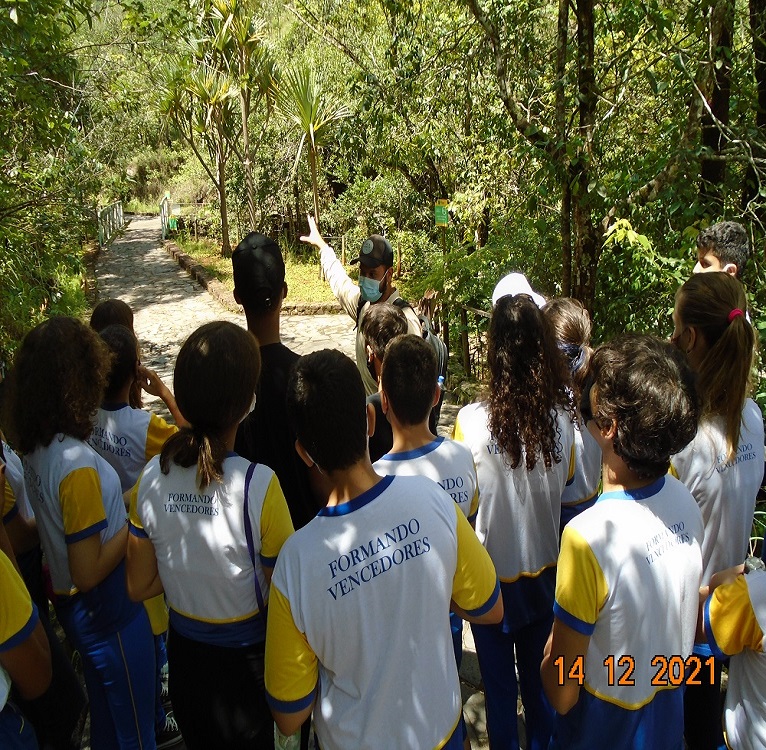ENVIRONMENTAL EDUCATION
The expansion of knowledge and dissemination of good environmental practices has been one of the pillars of Cemig’s activities towards society and its employees. The company’s important role in the conservation of fauna, flora and water resources, in addition to waste management, is exercised through monitoring, rescue and rescue programs, recovery of areas and plant recomposition, also counting on numerous projects Research and Development conducted in partnership with public and private institutions. The essential purpose of all these activities is to build effective strategies to avoid, reduce, mitigate or compensate damage to the environment inherent to any production process, such as the generation, transmission and distribution of energy.
However, the results of research and studies carried out by Cemig do not achieve their objectives without the participation of society and company employees in raising individual and collective awareness and responsibility for caring for the environment. Environmental education is a key point in the practical application of knowledge and in the exchange of experiences, culminating in collective engagement and the construction of an environmentally more sustainable society that disseminates good practices.
Cemig promotes ongoing environmental education actions related to topics such as water resources (water consumption, pollution, care for springs), animals (aquatic and terrestrial) and their importance in maintaining native vegetation, domestic and industrial waste, permanent preservation areas , sustainable agricultural crops, energy savings, rational use of natural resources, among others. Learning is done through training, lectures, planting of seedlings of native species, development of sustainable projects, distribution of graphic materials, visits to preserved environments, understanding of the energy generation process by visiting the facilities of hydroelectric plants, theater plays , games and dynamics.
The scope of these activities goes far beyond the school environment, serving rural producers, associations, riverside residents, communities close to hydroelectric plants and all potential consumers of electricity. The company also reinforces its commitment to the environment by involving its employees in environmental education, including the implementation, soon, of a Corporate Environmental Education Program.
